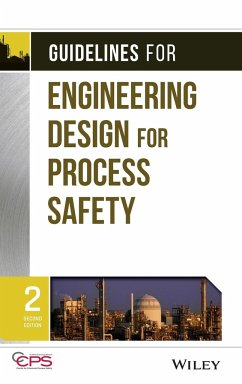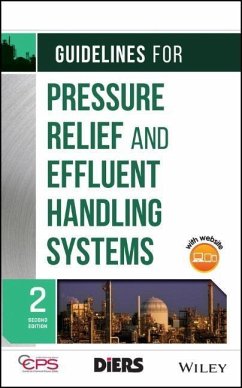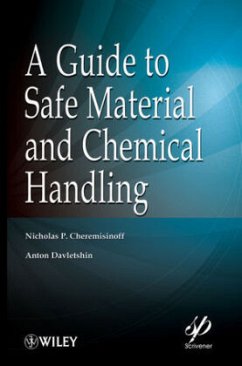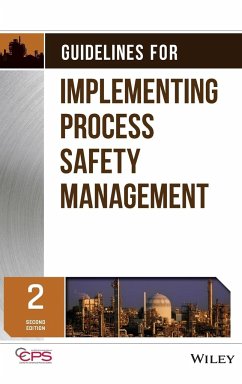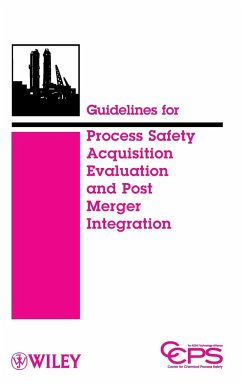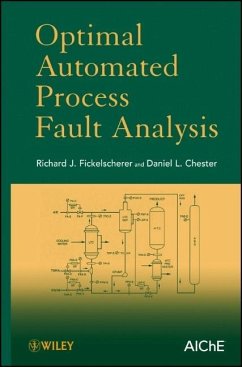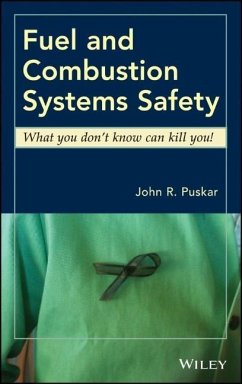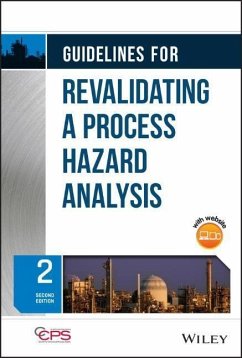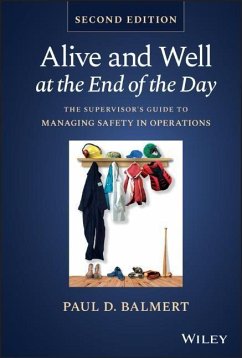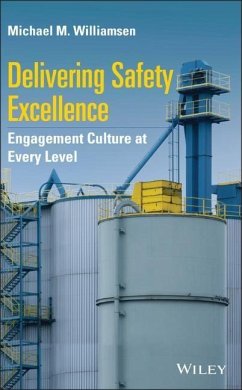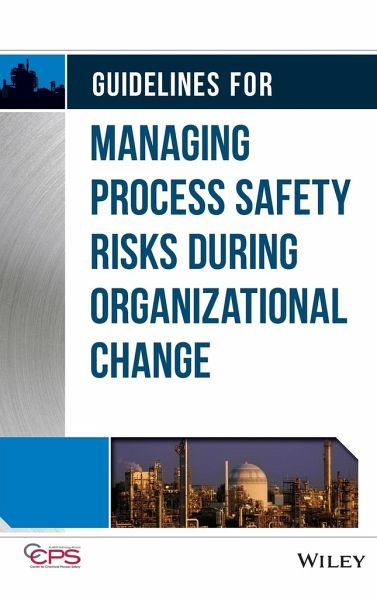
GL Managing Organizational Cha
Versandkostenfrei!
Versandfertig in über 4 Wochen
110,99 €
inkl. MwSt.
Weitere Ausgaben:

PAYBACK Punkte
55 °P sammeln!
An understanding of organizational change management (OCM) an often overlooked subject is essential for successful corporate decision making with little adverse effect on the health and safety of employees or the surrounding community. Addressing the myriad of issues involved, this book helps companies bring their OCM systems to the same degree of maturity as other process safety management systems. Topics include corporate standard for organizational change management, modification of working conditions, personnel turnover, task allocation changes, organizational hierarchy changes, and organi...
An understanding of organizational change management (OCM) an often overlooked subject is essential for successful corporate decision making with little adverse effect on the health and safety of employees or the surrounding community. Addressing the myriad of issues involved, this book helps companies bring their OCM systems to the same degree of maturity as other process safety management systems. Topics include corporate standard for organizational change management, modification of working conditions, personnel turnover, task allocation changes, organizational hierarchy changes, and organizational policy changes.



